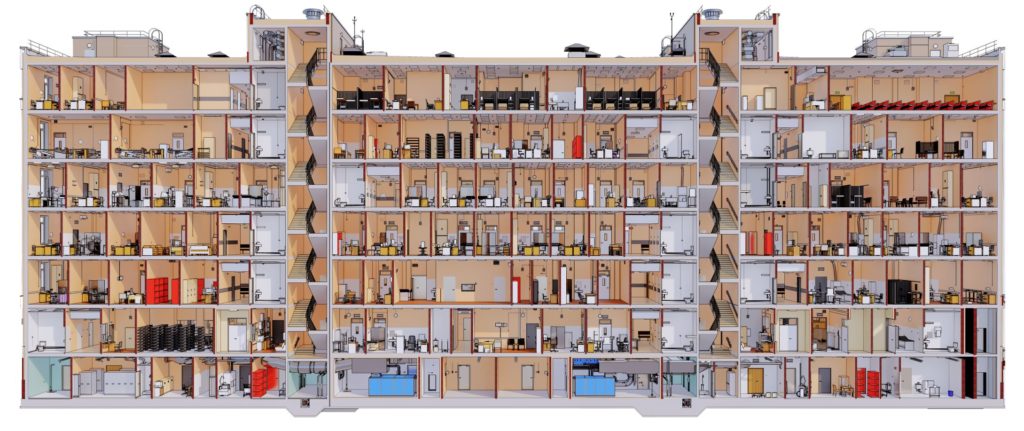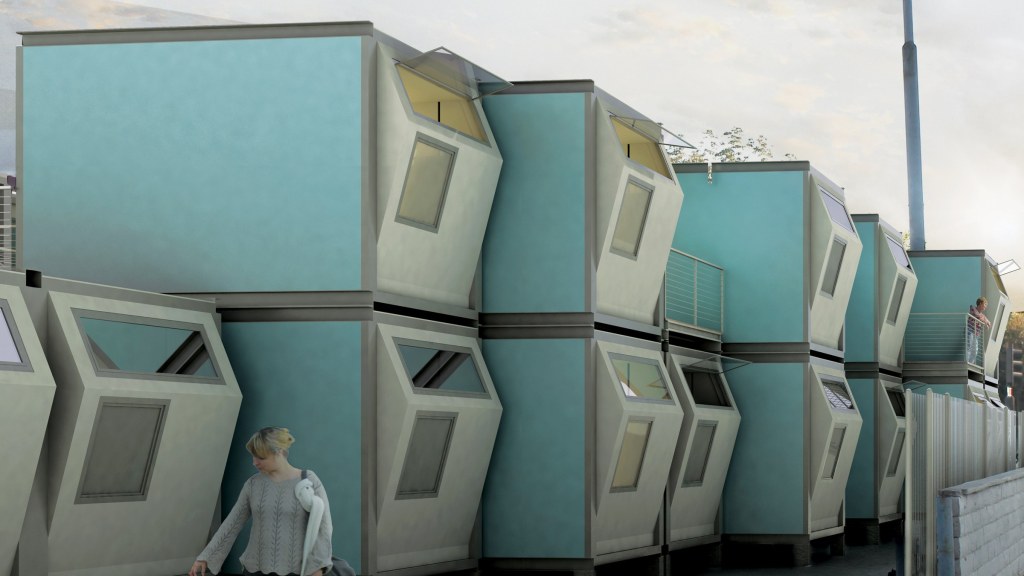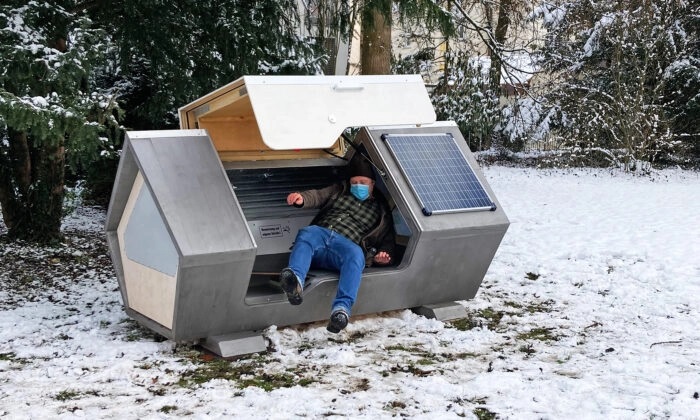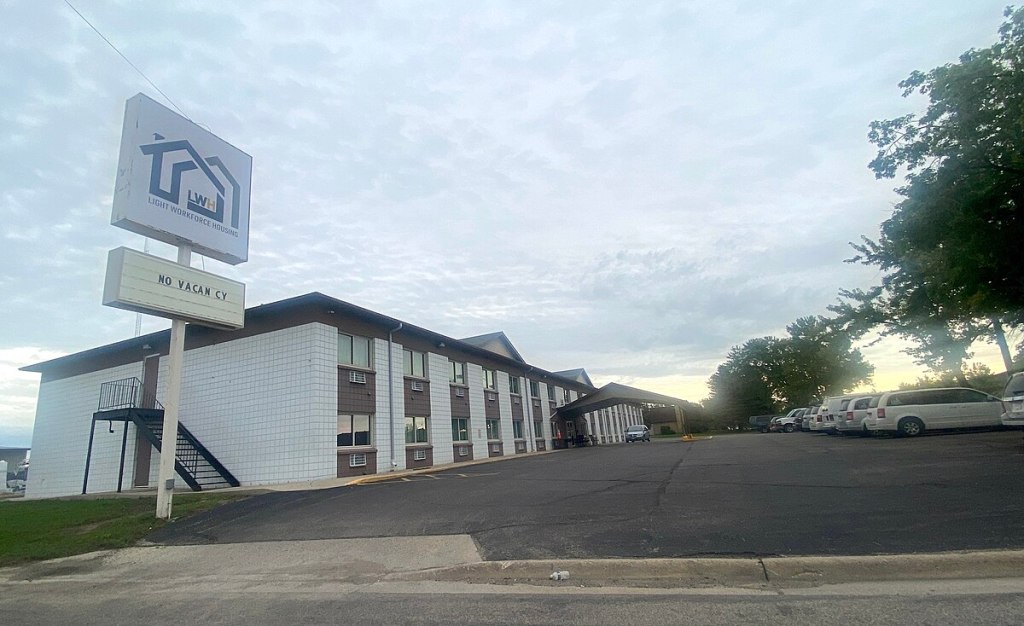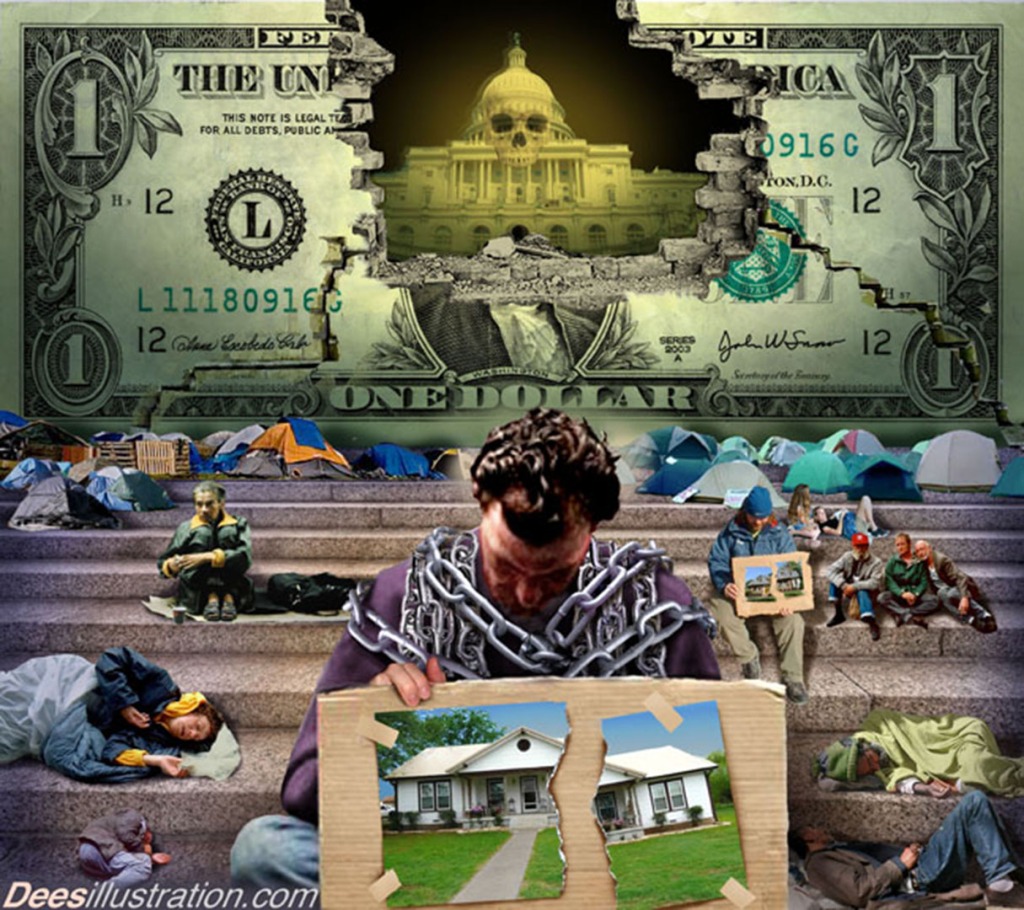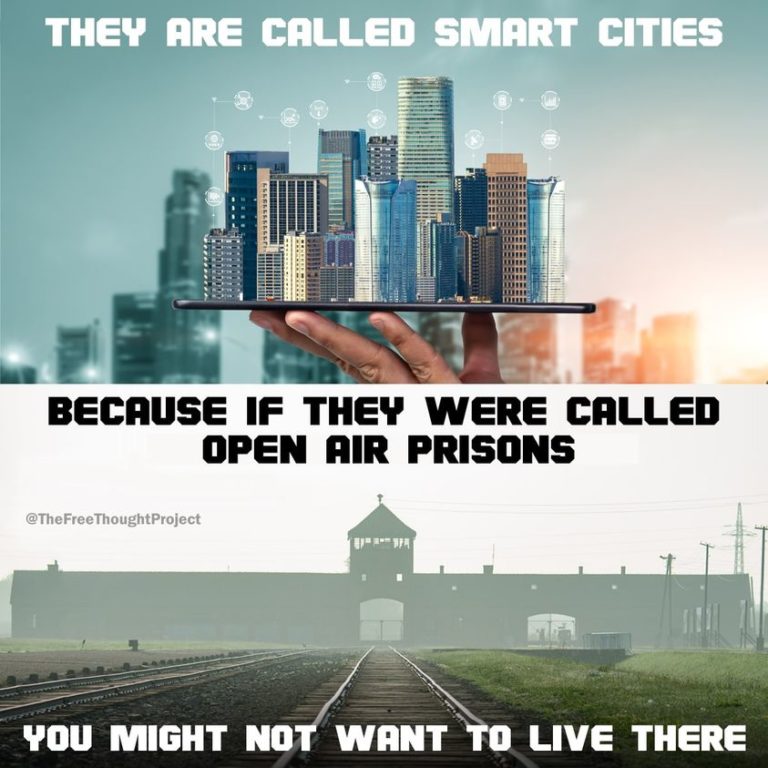There’s a new focus-grouped term to re-brand the relentless addiction to unnecessary development.
Since the so-called “involuntary homeless” now occupy a cornered market of government-subsidized housing projects, the term “workforce housing” has come into play. This latest evolution of the “affordable housing” scheme helps guarantee that developers can exploit a whole new market of desperate people. The expression was recently redefined by the Montana Legislature during the 2021 session, causing many public-money addicts to begin licking their chops. The newly minted legal idiom has become a favorite answer to homelessness and poverty by the irrational authorities who daily abuse the public trust.
Now that housing in the United States has become universally unaffordable, an alliance of parasites and predators insist the only solution lies in more development, destruction and debt. But we don’t need to build affordable housing; we need to make existing housing affordable. Our goals should involve the restoration and preservation of what we already have, and doing so would easily house and employ many dormant sectors of the economy.
Not only are new homes poorly built (because everyone cuts corners these days), we simply don’t need them if the goal is merely housing the unhoused. Why construct new buildings when 15.1 million American homes sat vacant in 2022? That’s more than 10% of the country’s total housing inventory. Yet developers and their loyal cronies continue, in vain, to build their way out of the approaching economic disaster, thereby accelerating the financial ruin of everyone else.
Homes that are actually affordable for locals are all too often bought by tourists and tend to get bundled into packages by fund managers who gobble up as many of the smaller fish as they can. During the plandemic such agencies purchased properties like never before as they capitalized on the wave of foreclosures that resulted from the subsequent economic crash. This practice of real estate roulette calls into question the ethics of owning a home without actually having to live in it. Hedge funds and corporations are able to buy large swaths of homes and they can charge exorbitant rents for them. Now that this economic piracy has displaced an entire sector of the economy, the game is on to figure out how to profit from corralling the dispossessed into even smaller cells.
Modern workers already live in cramped stack-and-pack apartments that atomize individuals and maximize isolation which deters any possible sense of community. Every cheap apartment unit crapped out by development firms is a facsimile of all the others. Anonymous neighbors behind every wall, ceiling and floor who either make too much noise or complain about everyone else’s. Our formerly strong communities were robbed from the people who built them because most of us cannot afford the real estate anymore. If you’re “just a worker” then a quiet home with a private yard or garden isn’t just out of reach. It’s out of the question. According to CBS News, the majority of Americans cannot afford homes in 99% of America. Perhaps people will soon turn to solar-powered sleeping pods as the next innovative solution.
Nothing about the euphemism “workforce housing” inspires confidence because it essentially translates to substandard conditions. Reading between the lines one is able to sense the opposite of quality in this definition:
“Workforce housing is generally understood to mean affordable housing for households with earned income that is insufficient to secure quality housing in reasonable proximity to the workplace.”
The politically loyal true believers in Missoula’s power rings are obsessed with increasing housing density, but they wrongly assume that people will desire (or even tolerate) life inside a stack-and-pack apartment.
According to Missoula Mayor Andrea Davis, prospective transplants earning salaries up to $130k declined to move here because they couldn’t secure housing.
“Davis, one of the panelists, offered one example she had just come across at a meeting in Kalispell. She said Applied Industrial Technologies, a significant employer in the Flathead, could hire 200 workers tomorrow at salaries of $60,000 to $130,000, but there are no homes for them to move into.“
Since most American workers earn less than $35,000 annually (and service jobs in Missoula pay less than $13,000) it doesn’t take an advanced degree in economics to figure out that Montana’s long-time locals are certainly screwed by this formula in the long term. At current rates of economic inflation and the associated property tax increases, the threat of financial displacement now affects all wage-earners, not just service workers.
Press events that highlight the homelessness catastrophe in Missoula have become great opportunities for officials to prattle on about “workforce housing” developments as the solution because doing so allows for further feeding frenzies on their primary addiction of public money; the approval of more TIF bonds (debt) that benefit the donor class at the expense of Missoula’s municipal tax base.
Because this process is ugly and complex, Missoula’s public-money addicts enlist the public relations services of the Montana Democratic Party’s former spokesman. When the City of Missoula needs a party loyalist to put a positive spin on miserable policy decisions (like the relentless abuse of Tax Increment Financing), they turn to stenographer-in-chief Martin “Gomer” Kidston. After the State of Montana reworked the definition of “workforce housing”, Kidston championed the new opportunities available to everybody’s favorite local band of tax addicts, the Missoula Redevelopment Agency:
“The term workforce housing may mean different things to different groups, and cities across the state are wrestling with how to define it. But if MRA can ramp up a new program around such housing using tax increment as a catapult, it could help spark a new tool for development.”
As the 2023 legislative session approached, Gomer confirmed the primary goal of Missoula’s rulers:
“Other city priorities include protecting Tax Increment Financing and aligning it with the state’s new definition of workforce housing.”
Perhaps the most offensive aspect of the euphemism “workforce housing” seems its rather obvious manifestation of Klaus Schwab’s “own nothing and be happy” ideology that governs the World Economic Forum’s murderous “Sustainable Development” agenda. The ruling class want us all reliant on the state to satisfy all of our needs, including housing.
Since housing has become so appallingly unaffordable, the state increasingly offers vouchers for residents to offset the rising cost of property taxes. But nothing is free. Signing up for vouchers can automatically nullify many of your rights and often results in inconveniences like unannounced inspections of your apartment. And if the inspectors decide you’re not behaving in accordance to the rigid standards of the corporate policy, you’ll have a whole new set of problems. Just ask anyone who has lived in a property managed by the Missoula Housing Authority and endured the stringent legal terms and conditions inherent in subsidized living arrangements.
The sterile tone of the phrase “workforce housing” indicates how economic elites feel about the plebes. The ruling class and their loyal bureaucratic puppets see workers as just a temporary phenomenon of America’s cities, not a cornerstone of them. The globalist models treat workers like temporary drones and inconsequential statistics because they’re based on an obsession with predictability modules and social control. We can never build solid communities if people must constantly relocate out of financial necessity.
